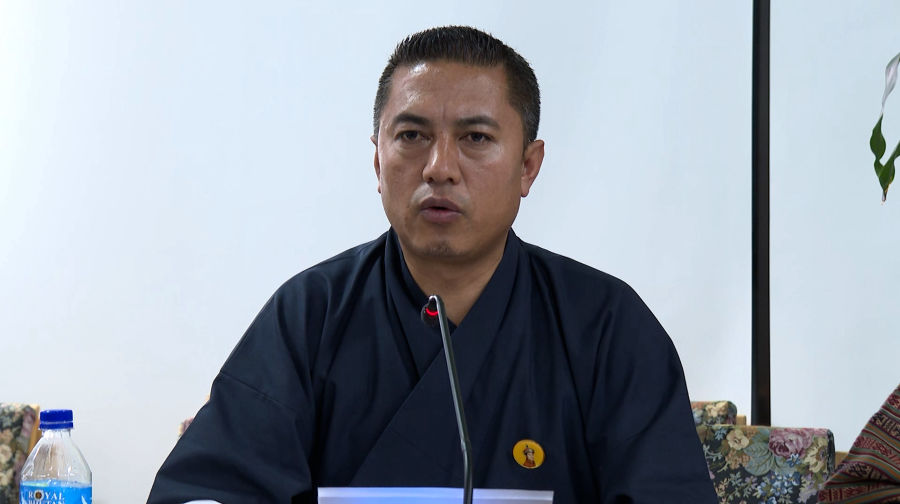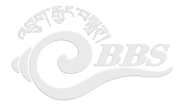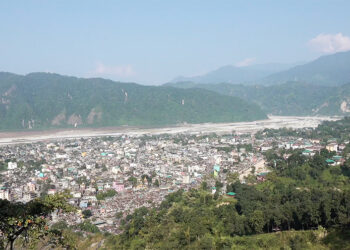 Despite thousands of drug-related arrests in recent years, the police uploaded photographs of only a handful of offenders on their official Facebook page. The practice, often described as “naming and shaming,” has drawn mixed reactions with people arguing it risks stigmatisation and selective justice, while supporters believe it strengthens public vigilance. The Home and Cultural Affairs Minister says the selective practice is a deliberate strategy aimed at deterrence, public awareness, and community vigilance.
Despite thousands of drug-related arrests in recent years, the police uploaded photographs of only a handful of offenders on their official Facebook page. The practice, often described as “naming and shaming,” has drawn mixed reactions with people arguing it risks stigmatisation and selective justice, while supporters believe it strengthens public vigilance. The Home and Cultural Affairs Minister says the selective practice is a deliberate strategy aimed at deterrence, public awareness, and community vigilance.
Last year alone, 3,319 individuals were arrested nationwide in connection with drug offences. However, only nine photographs were published online.
Between January and September of this year, 2,405 arrests have been recorded, with only two photos uploaded.
Home and Cultural Affairs Minister Tshering explained that photographs are shared only in serious drug trafficking cases that involve major seizures or offences with significant social impact.
“Naming and shaming drug offenders has contributed to a decline in such offences. When offenders’ photos are posted, they often feel embarrassed, which may deter them from committing the crime again. More importantly, it helps raise awareness within communities, informing people that a particular individual has committed an offence. However, we do not upload photos of all offenders; we consider the severity of the crime and its potential impact on the wider community before doing so.”
According to the minister, “naming and shaming”, however, is not a stand-alone measure but one element of a wider approach that combines enforcement and prevention.
The minister added that the use of social media as a deterrent tool has coincided with a decline in drug cases between 2024 and September 2025.
Samten Dolkar
Edited by Phub Gyem







